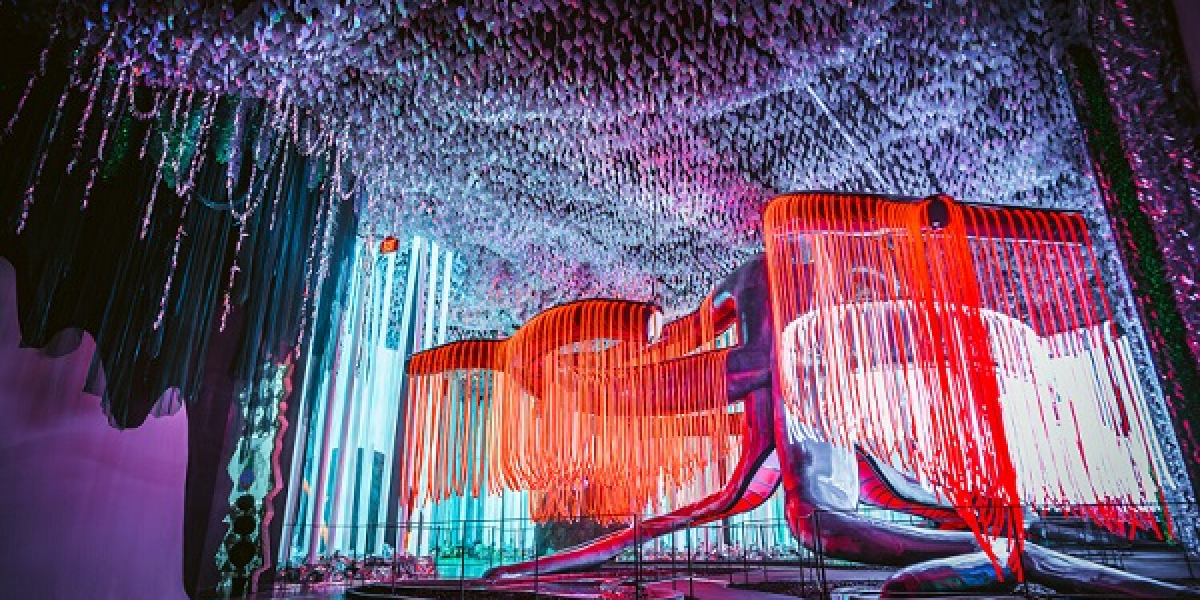The impressive growth in Location Based Entertainment revenue is driven by a sophisticated, multi-pronged approach to monetization that goes far beyond the initial price of admission. Successful operators have mastered the art of maximizing per-capita spending by creating a rich ecosystem of products, services, and experiences within their venues. This strategic diversification of revenue is critical to the industry's financial health and its projected expansion, which is expected to see the market's total revenue climb from USD 21.94 Billion in 2024 to a substantial USD 53.33 Billion by 2034. Understanding the various layers of this revenue model—from primary ticket sales to high-margin secondary spending and emerging monetization strategies—is key to appreciating the robust economic engine that powers the LBE industry and supports its continued growth.
The foundational revenue stream for any LBE venue is, of course, admissions. This includes single-day tickets, multi-day passes, and annual or season passes. Operators have become increasingly sophisticated in their pricing strategies, employing dynamic pricing that adjusts based on demand, seasonality, and the day of the week. This allows them to maximize revenue during peak periods while encouraging attendance during slower times with more attractive pricing. Annual passes are a particularly powerful tool, as they secure a significant amount of revenue upfront and create a loyal base of repeat visitors who are more likely to spend money on food, merchandise, and other services throughout the year. This primary revenue stream, while the most obvious, is managed with a high degree of strategic financial planning to optimize attendance and profitability.
While admissions get guests through the door, the real key to profitability often lies in secondary revenue streams. Once inside a venue, visitors become a captive audience for a wide array of high-margin offerings. The sale of exclusive merchandise tied to popular attractions and intellectual properties is a massive revenue generator. Themed food and beverage offerings, from quick-service meals to fine dining experiences, also contribute significantly to the bottom line and enhance the overall immersive experience. Beyond this, many venues offer premium up-sell opportunities, such as front-of-line passes, guided VIP tours, character photo opportunities, and special event packages. These ancillary purchases dramatically increase the average spending per guest and are a crucial component of the overall revenue picture, often distinguishing the most financially successful operators from the rest.
Looking to the future, the industry is actively exploring new and innovative revenue models to further diversify its income. Subscription-based services, which could offer members access to a network of different LBE venues for a flat monthly fee, are one emerging concept. Hosting private and corporate events, from birthday parties to large-scale company retreats, provides another lucrative revenue stream, especially during off-peak hours. Some technology-forward venues are also exploring gamification, where in-venue spending on digital items or power-ups can enhance a guest's experience within an interactive attraction. The continued innovation in how LBE operators generate revenue ensures that the industry will remain financially resilient and well-equipped to capitalize on its bright growth prospects.
Explore Our Latest Trending Reports:






